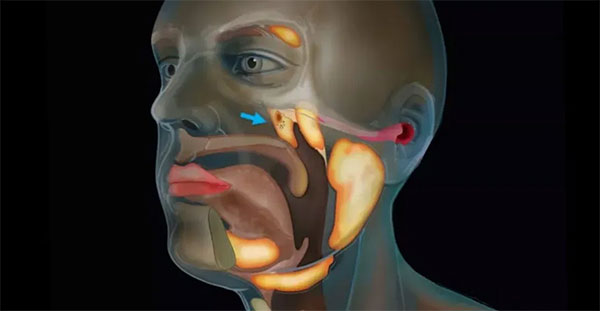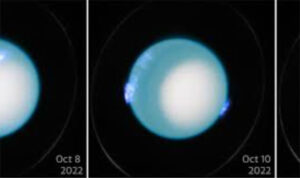
Researchers have published in the journal Radiation Therapy and Oncology that these glands often help to lubricate and moisturize the upper throat behind the nose and mouth.
The newly discovered salivary glands are usually about 1.5 inches (3.9 cm) long.
The above name is given because it is located above a piece of cartilage called the torus tuberius. Scientists say the discovery is a coincidence.
Researchers at the Netherlands Cancer Institute have been using CT scans and PSMA PET-CT to study prostate cancer using positron emission tomography (PET) scans. During the PSMA PET-CT scan, doctors inject the patient with a radioactive “tracer”.
This tracer binds well to elevated PSMA proteins in cancer cells in the prostate.
Clinical trials have found that PSMA PET-CT scan is better at detecting transparent prostate cancer than conventional imaging.
PSMA PET-CT scanning also contributes to the detection of high levels of PSMA in the pituitary gland. Until now, humans have been known to have three large salivary glands.
One under the tongue, one under the jaw and behind the jaw, behind the cheek.
Beyond that, thousands of microscopic salivary glands are scattered throughout the mucous membranes of the throat and mouth, says Vauter Vogel, a radiologist at the Netherlands Cancer Institute.
To corroborate this finding, Vogel and his colleagues demonstrated that 100 patients (99 of them because of their focus on prostate cancer), all of whom were found to have newly discovered glands.
The nasopharyngeal region was dissected, and the newly discovered area was found to be composed of mucous glandular tissue and tubes flowing into the nasopharynx.






